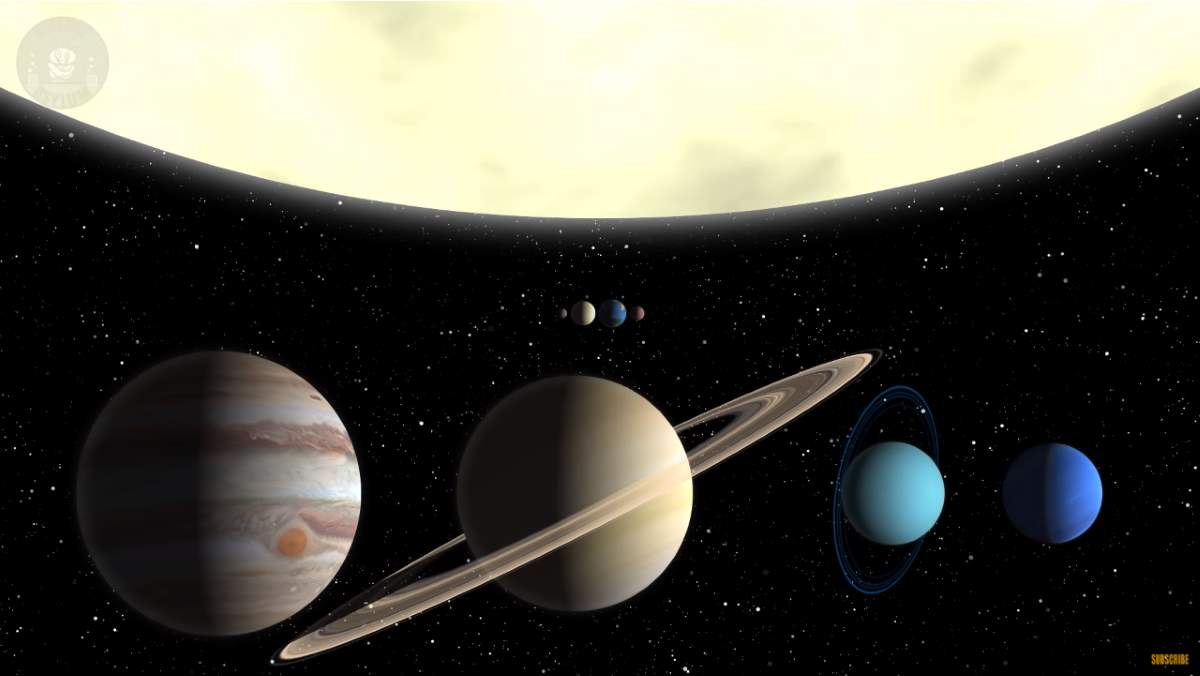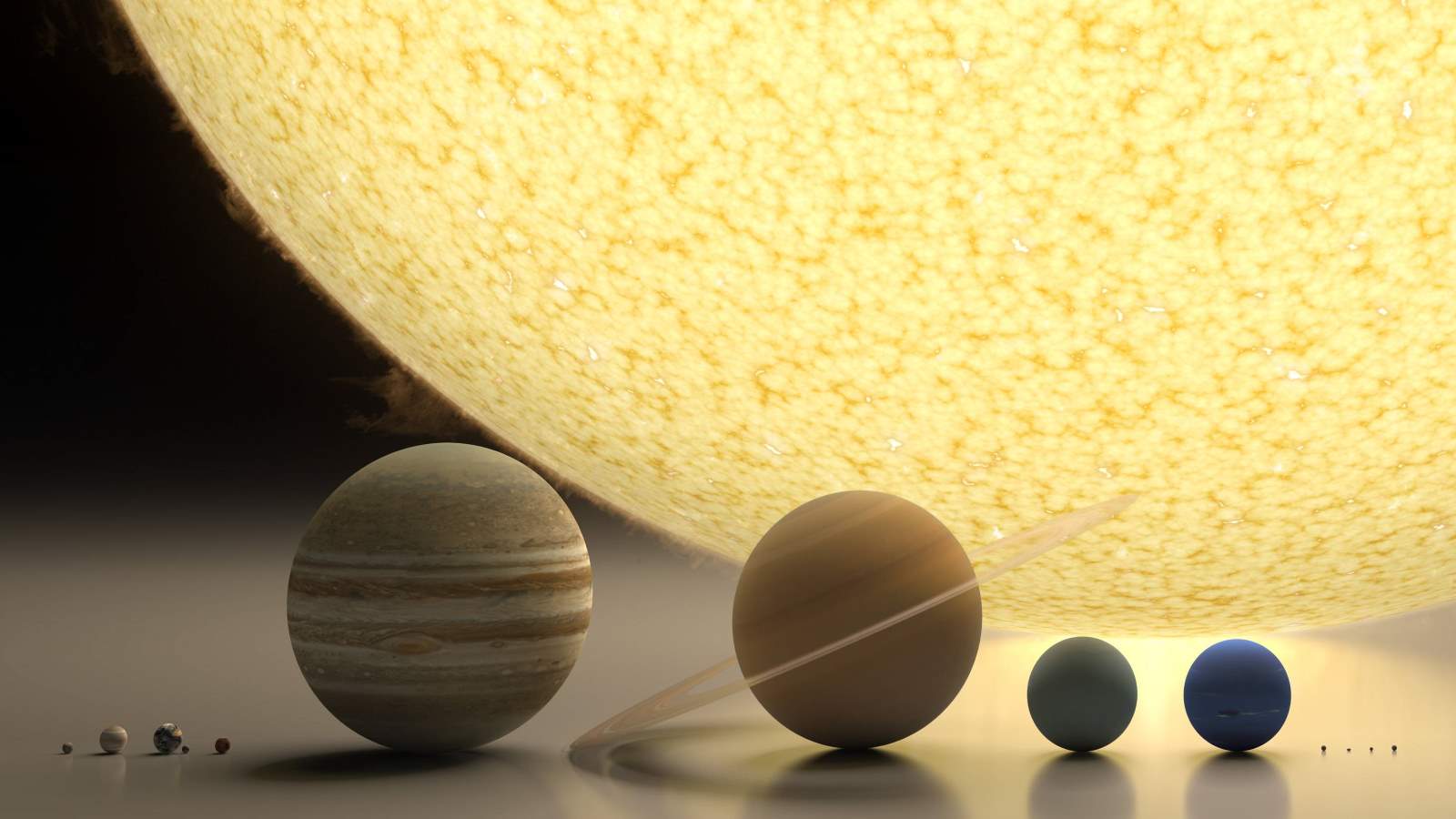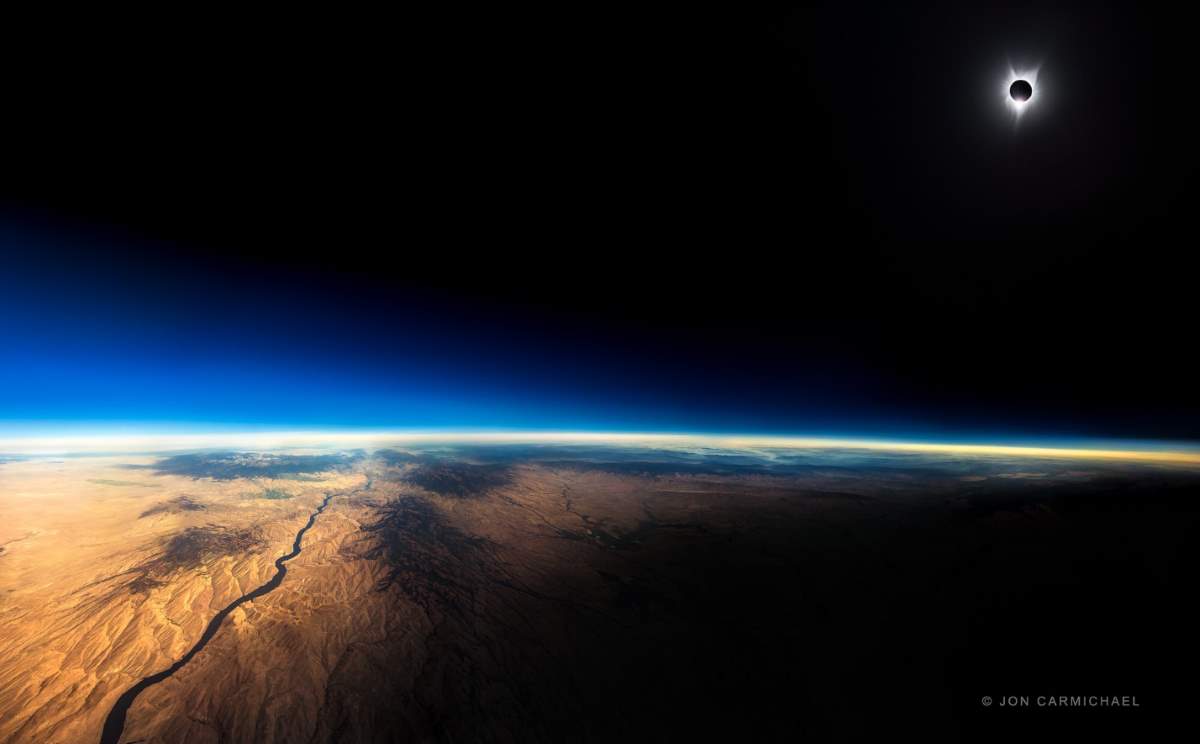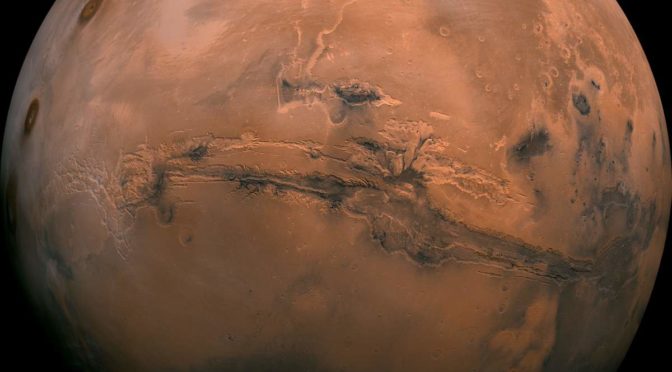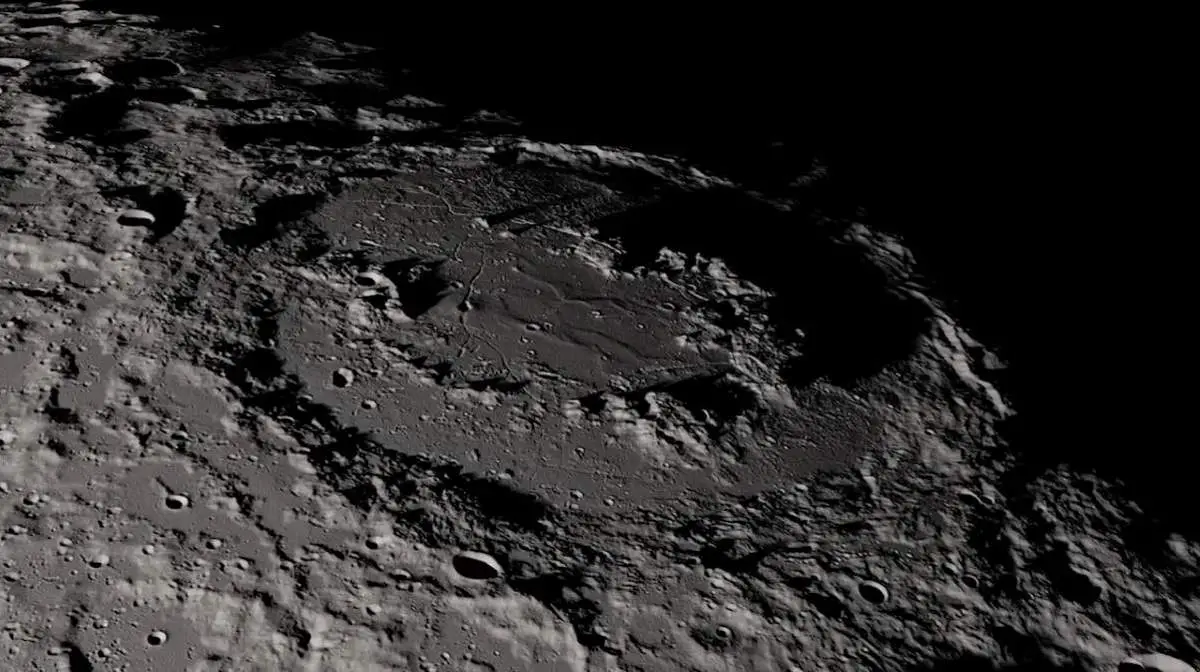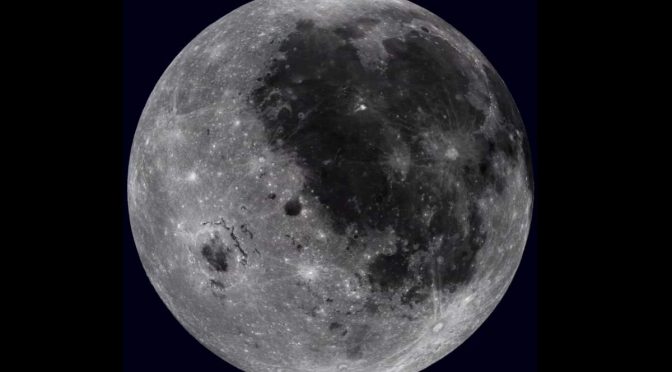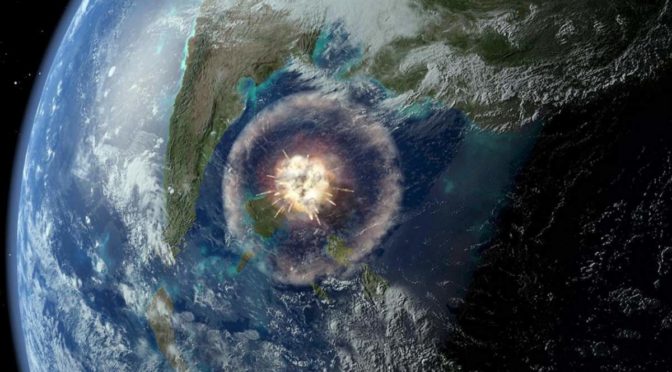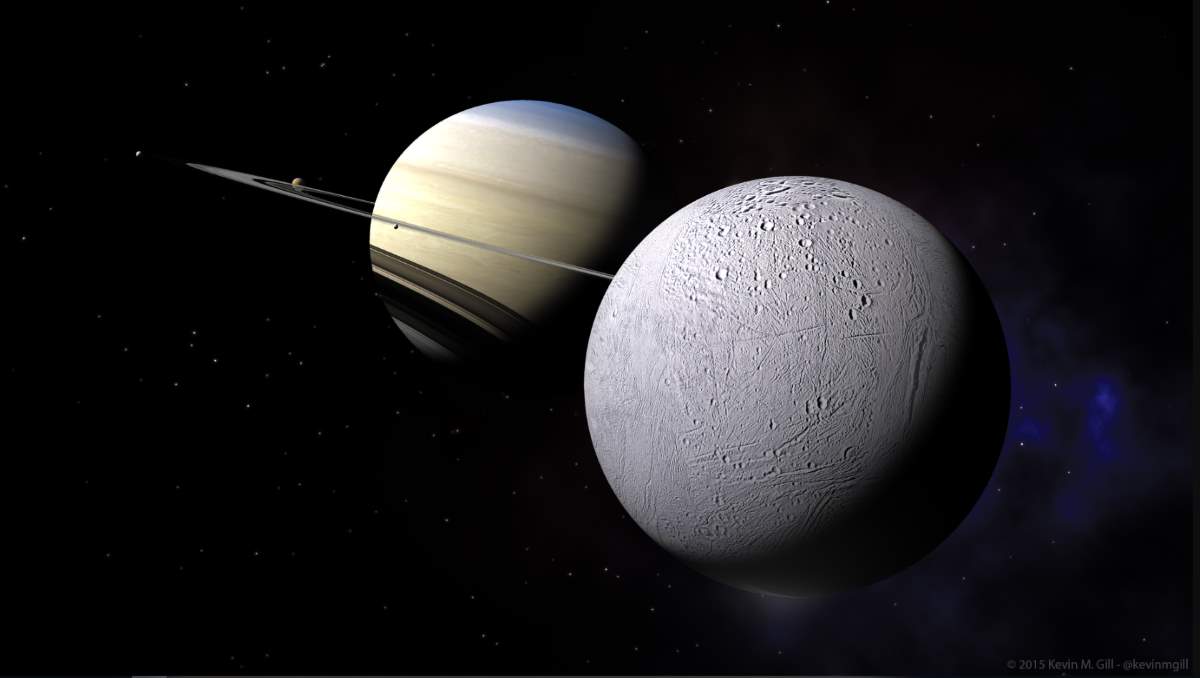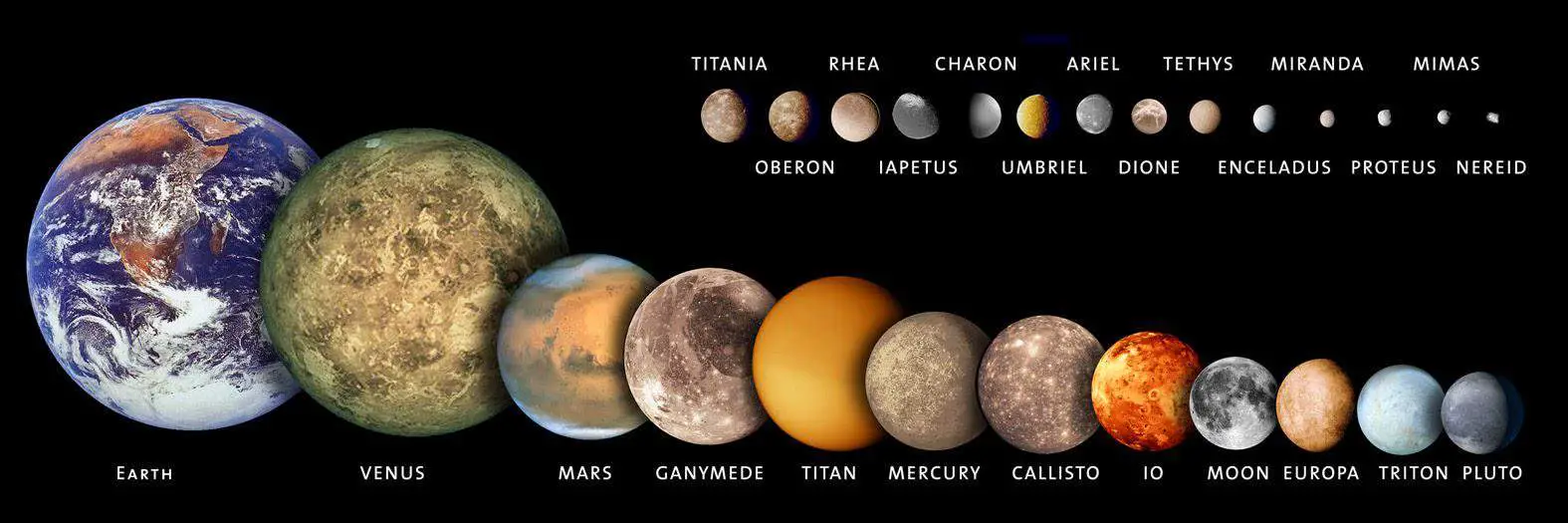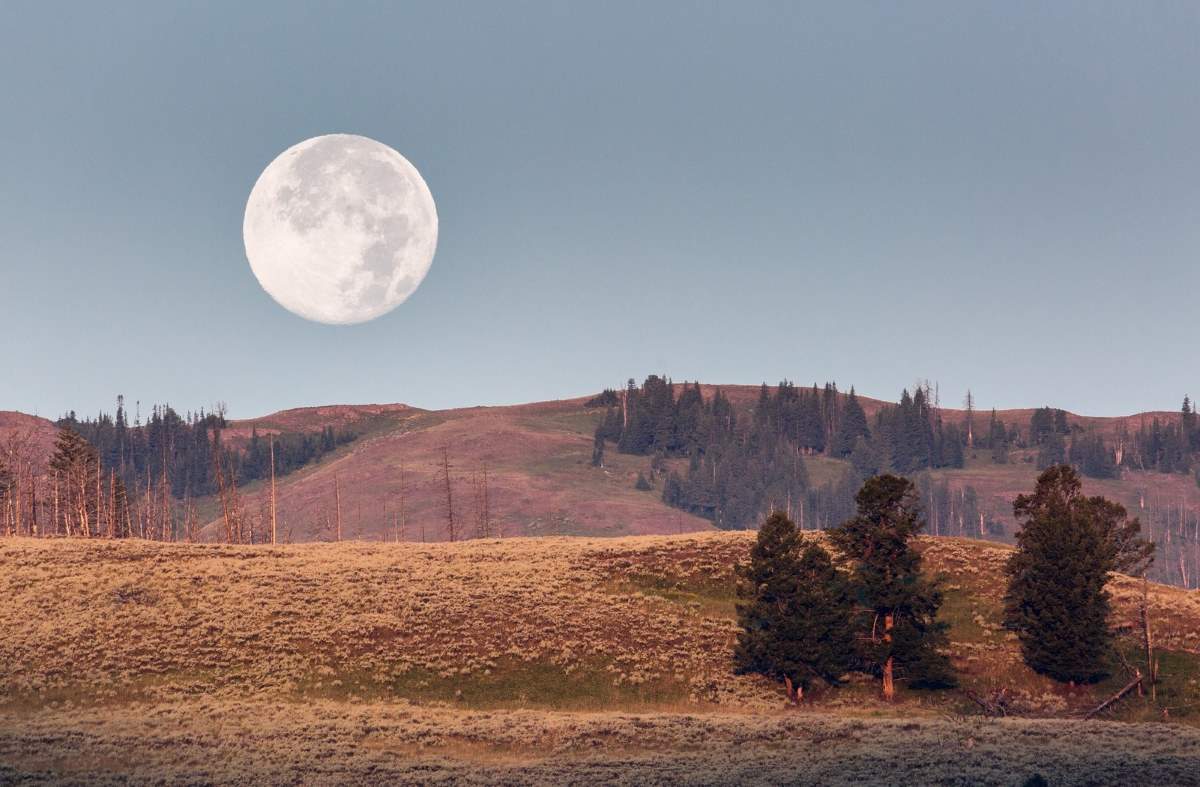Previously I posted articles titled “If The Moon Were Only 1 Pixel – A Tediously Accurate Map Of The Solar System” and “A Scale Model Of Solar System Drawn In The Desert And The Result Is Stunning”. Since the human brain cannot deal with really large numbers, these articles provide amazing ways to understand how big actually our Solar System is.
Now, in his YouTube channel, The Science Asylum, physicist Nick Lucid provides yet another scale model of the solar system. A very nice video conceptualizing how mind-bogglingly big our solar system (and space) is.
